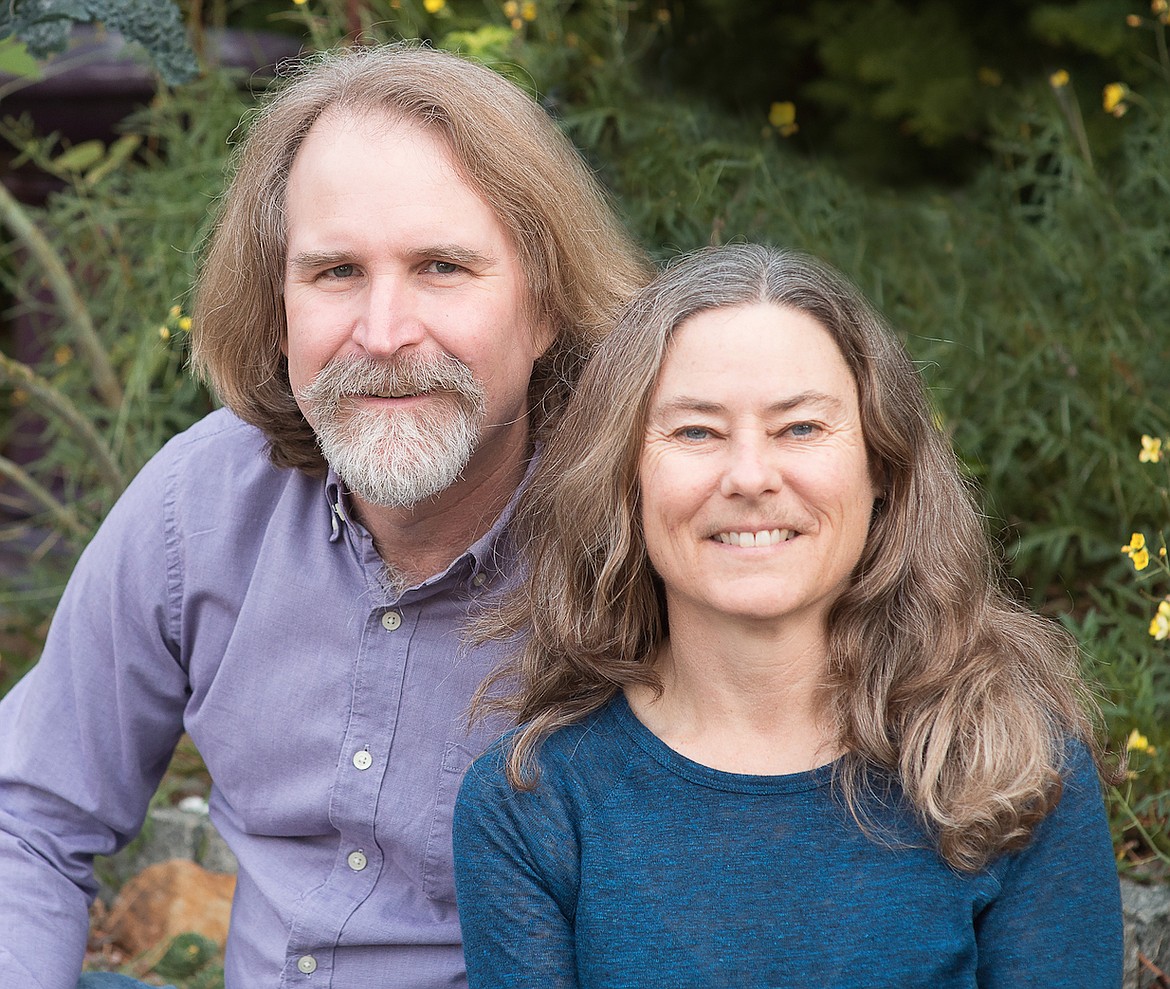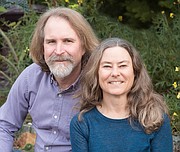Lessons from pandemic could apply to soil health regeneration
SEATTLE — As the coronavirus pandemic affects lives across the country, people and communities have learned to adapt their behaviors to meet the situation.
A pair of researchers from Seattle, Dr. David Montgomery and Anne Bilké, were asked by the editor of a science journal to study these changes in behavior and correlate them to changes they’ve identified as beneficial in agriculture.
Montgomery is a professor of geomorphology at the University of Washington, award-winning author and recipient of the MacArthur Fellowship. Bilké, his wife, is a biologist, gardener and author who worked with Montgomery on their book, “The Hidden Half of Nature.”
The two have provided further insight and understanding into the microbial science of soil and its implications for our own health and practices that might improve soil health on a local, and global, scale.
“In our work on the last couple of books, we’ve looked at the sort of differences between practice and product,” Montgomery said. “We thought, with this current pandemic, we could recognize these parallels that we were writing about in recent work.”
Their recently published article, “Lessons from a pandemic on practices versus products in agriculture,” looks at how society has quickly adopted sweeping changes to address the pandemic, and how those lessons may be applied to changes that could prove beneficial in agriculture.
Montgomery said they focus a lot in their writing on the principle of practice versus product, in terms of the adoption of more regenerative farming practices with less reliance on agricultural products.
An eye-opening moment was realizing how apparent the lessons were in how quickly results can be seen from changes in practices, Montgomery said.
Bilké said that most modern countries hold the luxury of a product that can be purchased to address the issue. With COVID-19, that isn’t the case. She said what people have witnessed is that minor behavioral changes like physical distancing and wearing face protection can be impactful by themselves.
“And we’re seeing that play out in the COVID pandemic,” Montgomery said. “We’ve already kind of identified some of those issues in the agricultural world, so the spark was putting the two together.”
Montgomery spoke with farmers from around the globe about different agricultural systems to find the best practices for his book, “Growing a Revolution: Bringing Our Soil Back to Life.”
Montgomery said he was amazed to see how rapidly these practices could help improve soil health when applied. Of course, he said, “rapidly” in the realm of soil health might mean a decade or two.
“It’s not the overnight kind of changes that we’re seeing with practices in the pandemic,” Montgomery said.
Although the time frames differ greatly, Montgomery said, the principles correlate well between the two situations. After looking at the relationship between the world of soil and agriculture and its relationship with the human microbiome and human health in “The Hidden Half of Nature,” Montgomery said it just seemed like the logical next step to look at lessons from the pandemic next.
Bilké said she believes that people don’t often realize how variable farming practices can be. The average person just doesn’t understand the leeway and innovation a farmer has the opportunity to implement, she said.
“Part of what would allow farmers to adopt new farming behaviors is whether or not they have some of the physical tools to enable some of these practices that we now know are very good for soil health,” she explained.
Luckily, Bilké said, there’s a wide range of new products available to farmers and people in the agriculture industry to help them adopt these new practices.
Montgomery said they’ve found that putting these new regenerative farming practices into play can benefit farmers economically as well. While he’s seen a huge increase in soil health awareness in the past decade, he said, the main hurdle remains in motivating change on a large scale.
“If you look at it over a longer time frame, it’s a critically important problem,” Montgomery said. “Perhaps seeing how quickly behavioral change can happen when we put our minds to it, it might help motivate us to think about some fairly large-scale behavioral changes, such as looking at conventional agricultural practices and thinking about shifting towards a more regenerative framework.”
Due to the time frames of results being seen from these systems being adapted, Montgomery said, a lot of farmers may already have more regenerative practices in place.
While this situation might not motivate change as quickly as the pandemic, he said, he believes the financial benefits of adopting these practices will motivate more and more farmers as time goes on.
Bilké said she can’t remember another time in her life where she’s been a part of a group that’s changed its behaviors “on a dime” to meet its situation, as happened with the pandemic.
She said it truly shows the power of behavioral changes on a wide scale.
“If we could get everybody involved in agriculture interested in the same sort of intense way around realizing that the health of our crops and, least of all our animals, pretty intimately ties to the health of our soil, I think that would be quite interesting because maybe we could get behavioral changes that affect the health of our soil,” she said.
Montgomery and Bilké’s recently published article can be found at https://link.springer.com/content/pdf/10.1007/s10460-020-10102-z.pdf.




